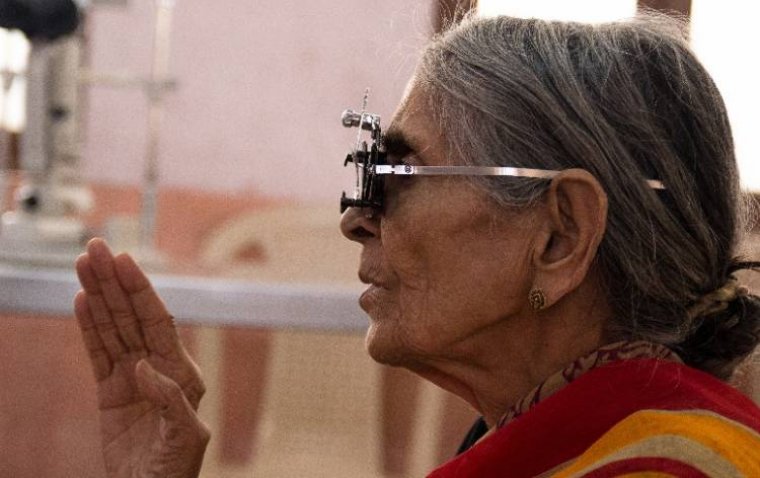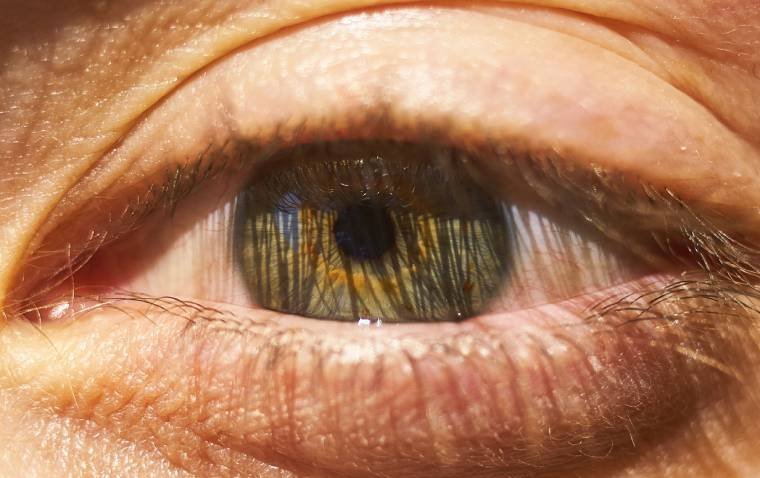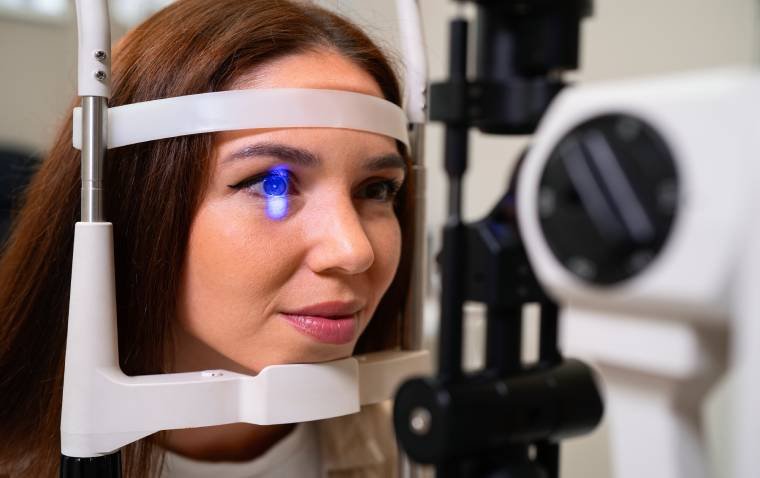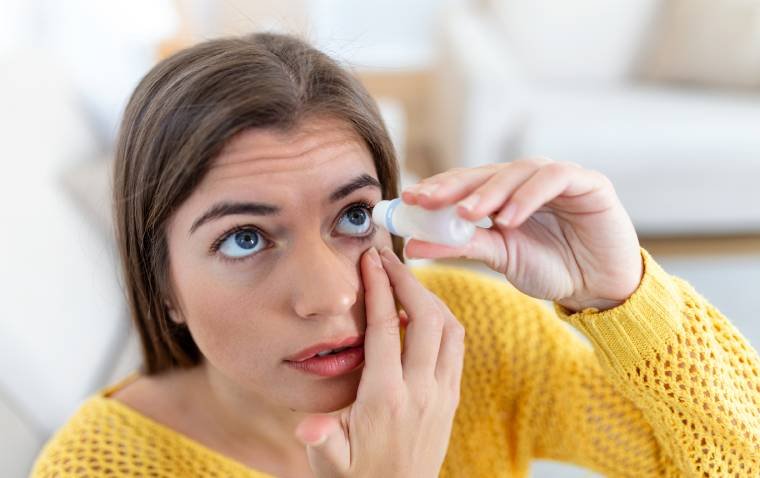
Antioxidant Supplements Show Promise in Slowing Late-Stage Dry AMD Progression
In a significant development for the treatment of late-stage dry age-related macular degeneration (AMD), researchers at the National Institutes of Health (NIH) have identified that daily antioxidant supplements can potentially slow the progression of the disease, preserving central vision for affected individuals.
Study Details and Retinal Scan Analysis
Published in the journal Ophthalmology, the study conducted by researchers from NIH's National Eye Institute (NEI) analyzed data from participants in the Age-Related Eye Diseases Studies (AREDS and AREDS2). The analysis focused on individuals with late-stage dry AMD, reviewing retinal scans to evaluate the effects of antioxidant supplementation on geographic atrophy, a hallmark of the disease.
Effectiveness of AREDS2 Supplements
"We've known for a long time that AREDS2 supplements help slow the progression from intermediate to late AMD. Our analysis shows that taking AREDS2 supplements can also slow disease progression in people with late dry AMD," said Dr. Tiarnan Keenan, lead author of the study and M.D., Ph.D. at NIH's NEI. "These findings support the continued use of AREDS2 supplements by people with late dry AMD."
Geographic Atrophy and Supplement Benefits
The study reviewed retinal scans of participants from both AREDS (318 participants, 392 eyes) and AREDS2 (891 participants, 1,210 eyes) trials who developed dry AMD. Researchers calculated the position and expansion rate of geographic atrophy regions in the retina, focusing on their proximity to the central foveal region.
For individuals with geographic atrophy distant from the fovea, the supplements showed a significant benefit, slowing the expansion rate towards the central foveal region by approximately 55% over an average period of three years. However, the supplements had limited benefit for those with geographic atrophy already affecting their central vision.
Understanding AMD and Treatment Approaches
AMD progresses through stages characterized by the development of drusen and, in later stages, by the formation of geographic atrophy or leaky blood vessels in the retina. Geographic atrophy leads to the loss of light-sensitive cells, gradually impairing central vision.
The original AREDS trial demonstrated that a supplement containing antioxidants (vitamin C, E, and beta-carotene), along with zinc and copper, could delay the progression of intermediate to late-stage AMD. AREDS2 subsequently modified the formula by replacing beta-carotene with lutein and zeaxanthin, enhancing efficacy and reducing certain risks associated with beta-carotene.
The study also highlighted a crucial aspect known as "foveal sparing" in late-stage dry AMD, where the central foveal region remains unaffected initially. This sparing allows individuals to maintain high acuity central vision until geographic atrophy encroaches upon this critical area.
Future Directions and Clinical Trials
"Our high acuity central vision is crucial for daily tasks such as reading and driving. Given the limited therapeutic options for late-stage dry AMD, antioxidant supplementation represents a straightforward approach that may help slow central vision loss," Dr. Keenan emphasized. "We aim to validate these findings through a dedicated clinical trial in the near future."
The NIH study underscores the potential of antioxidant supplements in managing late-stage dry AMD, offering hope for preserving central vision and improving quality of life for affected individuals. Further research aims to solidify these findings and explore additional therapeutic strategies for combating this debilitating disease.
This research marks a significant step forward in understanding and potentially treating late-stage dry AMD, a condition affecting millions worldwide.
(1).jpg)










